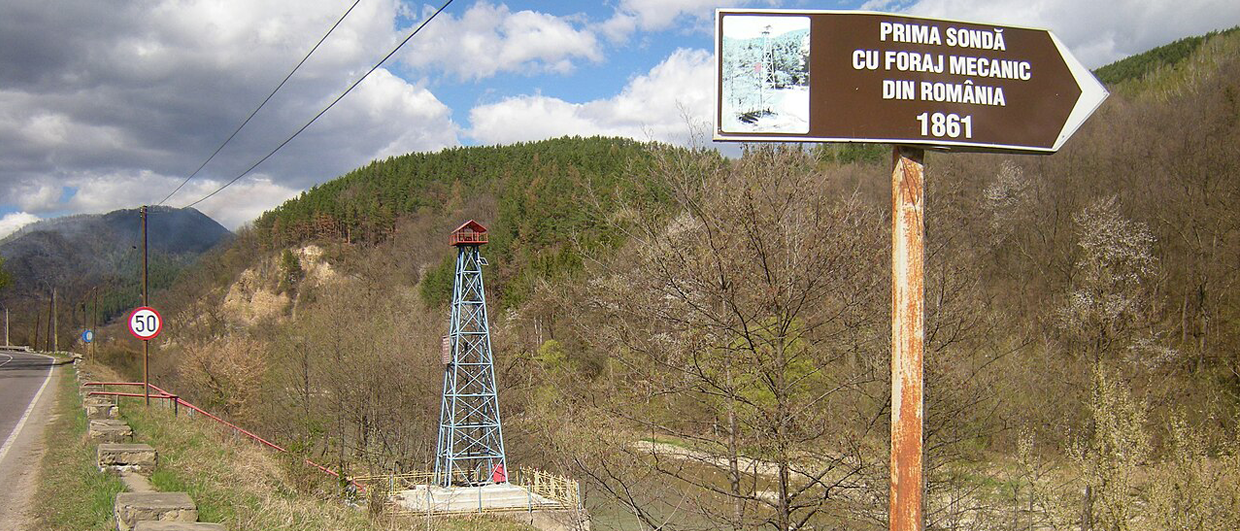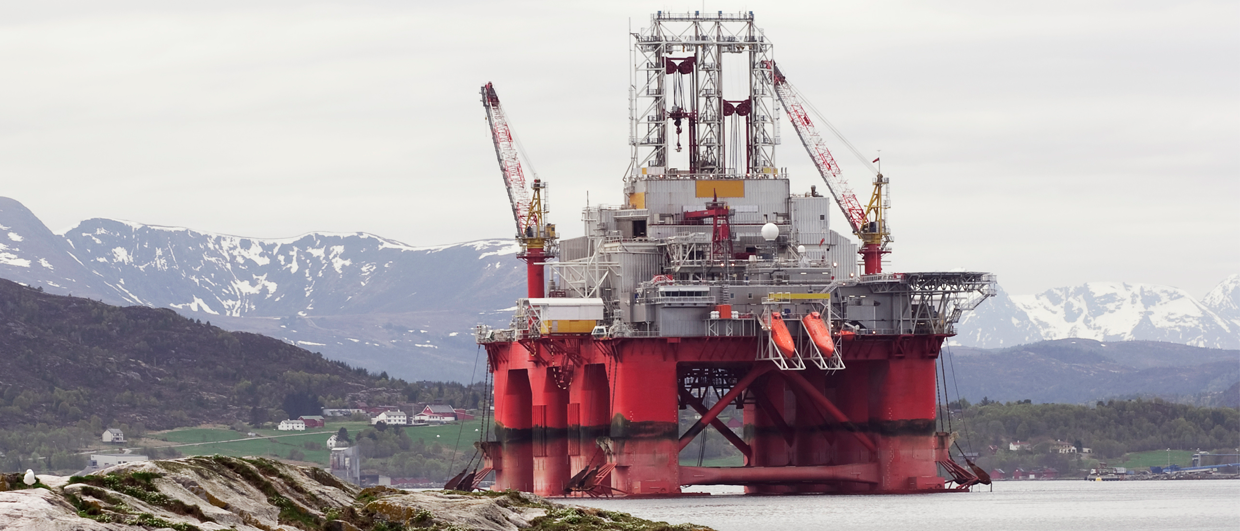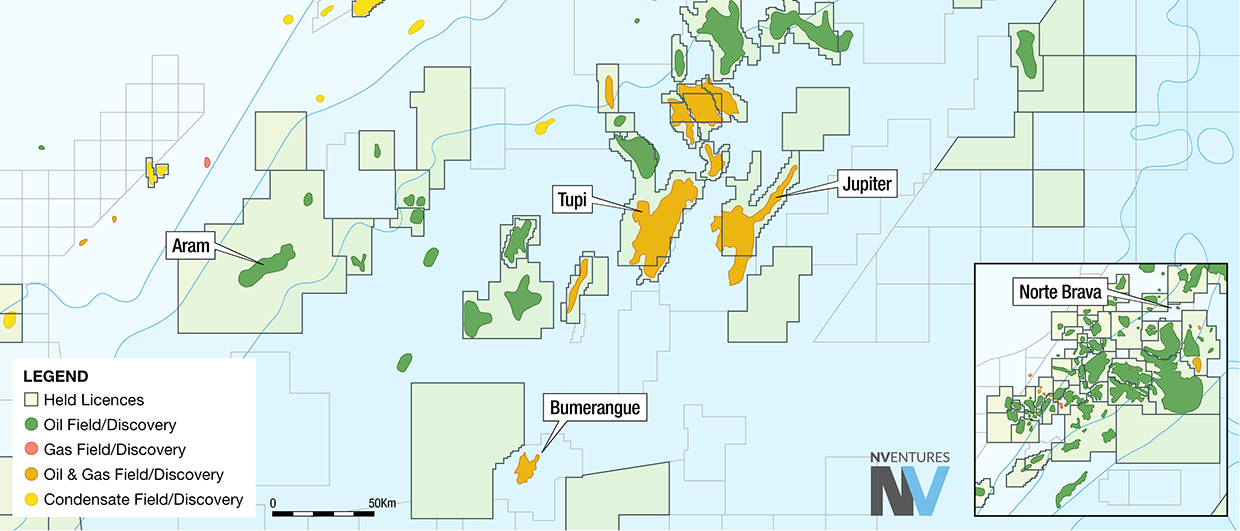Romania used to be Europe’s stronghold when it comes to oil production. But it’s not anymore today. That’s not because the country has run out of oil or gas; it also has something to do with the lack of activity regarding further drilling or development. “Romania is the sad part of Europe’s oil and gas story,” said someone I spoke to at the BEOS Conference in London the other day.
The most telling statistic when it comes to inactivity is the fact that the last onshore bid round took place in 2011. If you compare that to countries like Hungary and Ukraine, where there are two licensing rounds per year, and with other countries having open-door policies, the conclusion is obvious. To say that Russia is the only one happy with this lack of activity in Romania is probably too easy, given that Hungary has more publicly shown to be a critic of the EU’s anti-Russia stance.
The main current operator in the country, Petrom, which is a partnership between OMV (51 %), the Romanian State (21 %) and “Natural and Legal Persons” (28 %), might be quite ok with the lack of competition. Almost all operators, except Petrom and Romgas, the state gas company, were for sale last year. But buyers were not queuing up.
Offshore, the Neptun development is currently ongoing by Petrom and Romgas, which is certainly the biggest development in the country, with around 100 Bcm of gas reserves. The discovery of this field in 2011 sparked exploration drilling both in Bulgaria and Türkiye, with the entire Bulgarian offshore being licenced as a result. However, in Romanian waters, apart from the licence covering the Neptun find, there are no additional blocks taken. Guess what is required to make that happen?
Going back to onshore, there are two main petroleum provinces in Romania – the southern and eastern Carpathians. In the south, exploration potential seems quite limited and is mostly focused on undrilled compartments close to existing fields, but in the east, there seems to be more potential, also when it comes to exploring new plays. However, it was only a few years ago that the first 3D seismic survey was acquired in that region, which suggests that the arrival of this technology is late in that part of the world and another sign that progress has been slow. And this is against a backdrop of a complex foreland compressional regime, requiring 3D for better prospect mapping.
So, will there be another bid round soon? According to a person I spoke to on the matter, it is not the first time that these rumours have circulated, and many people don’t count on it at all. “No one will believe until it is published in the official gazette,” he concluded.





